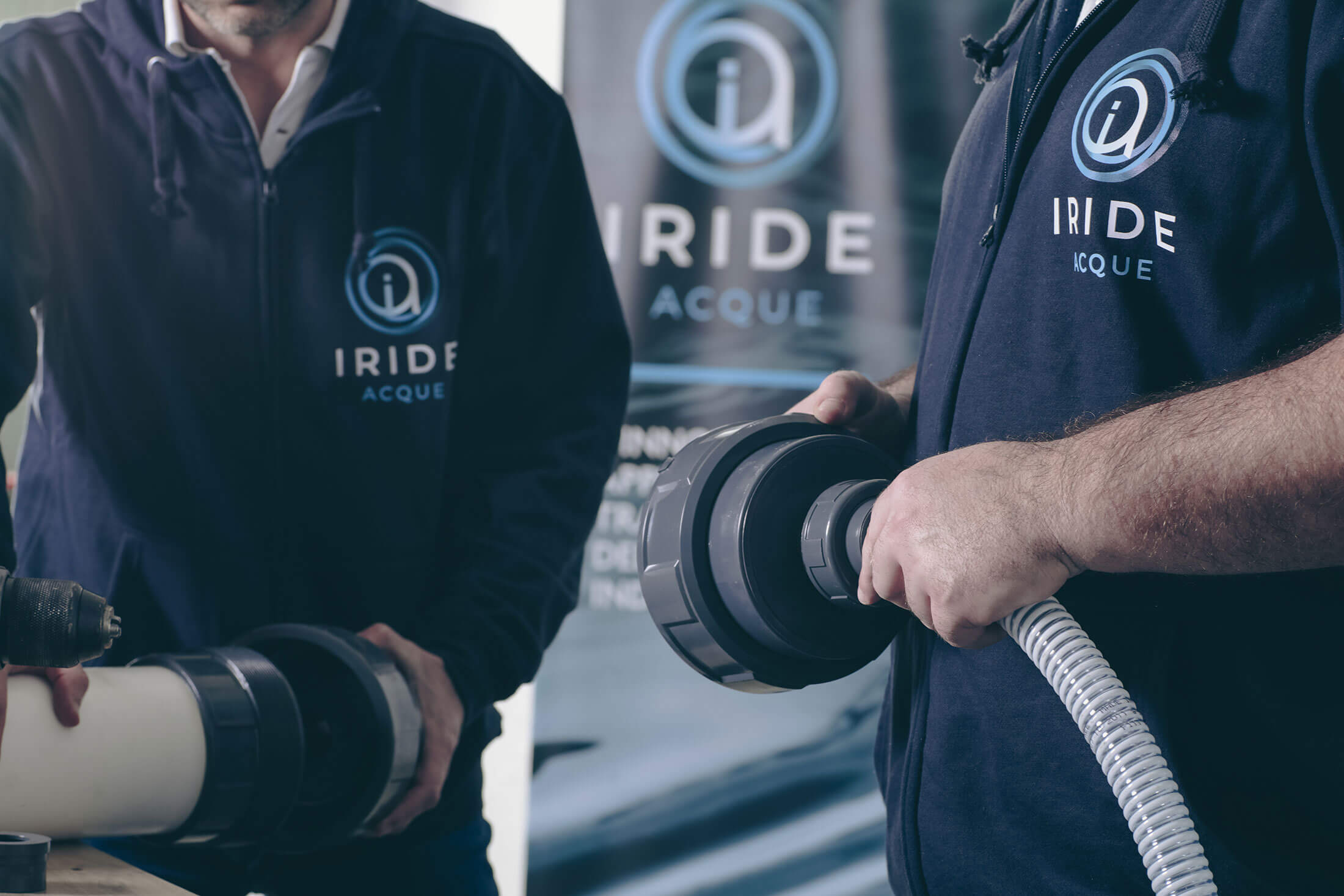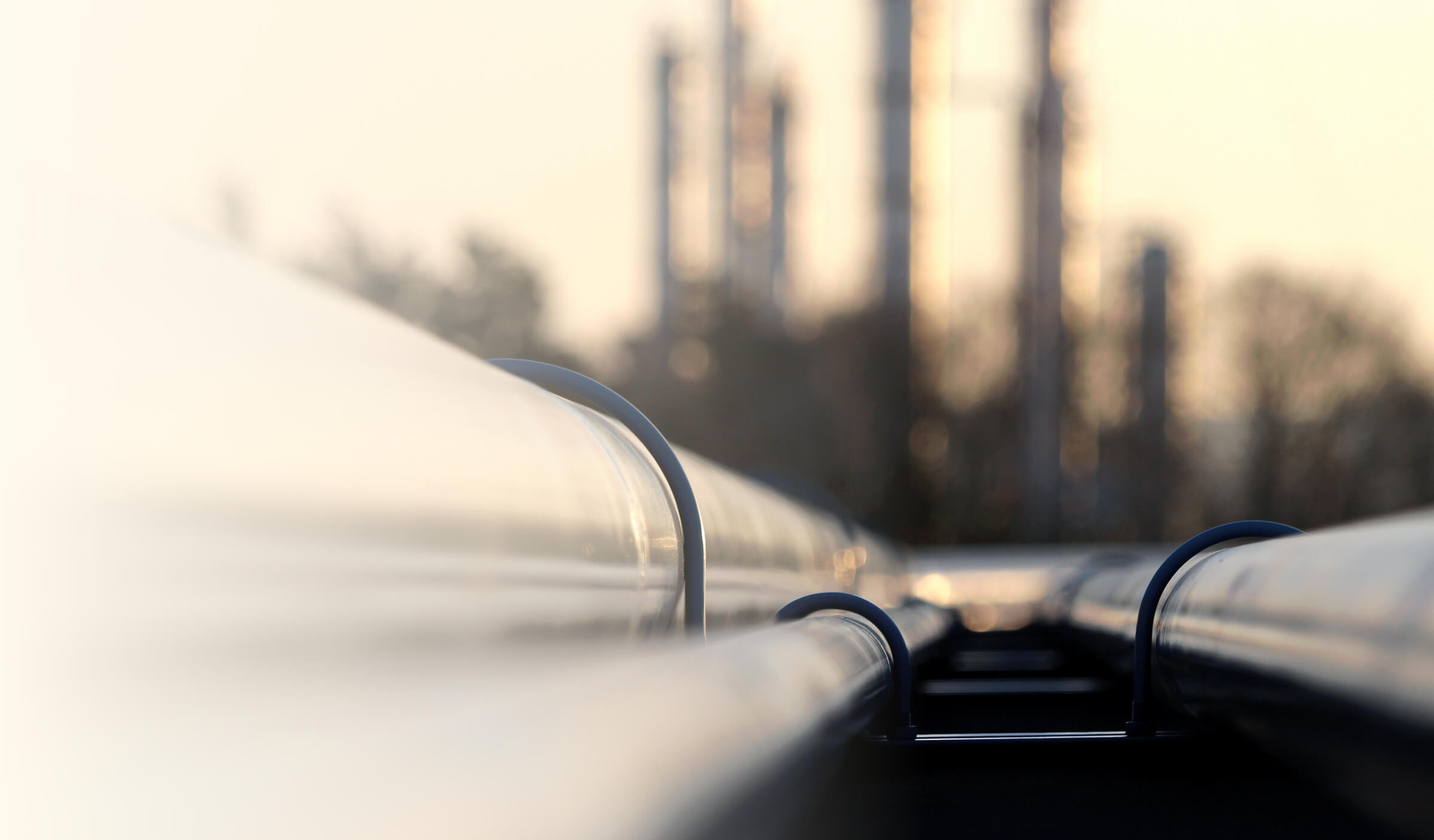What is a
Water footprint?
A water footprint is the total amount of fresh water used to produce a good or service, considering the availability of water in countries where it is used. The impact, in fact, depends not only on the volumes of water used or polluted but also on where and when the water is extracted: if it comes from a place where water reserves are already scarce, the consequences will be significant and require immediate action.
Everything we eat and buy requires a certain amount of water, often “invisible”. Water footprint calculates the water quantity we are unaware of consuming. For some time now, there has been a proposal to indicate the water footprint of each product, as is done with CO2.










